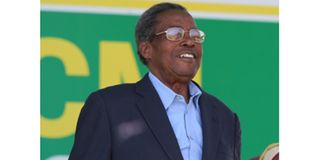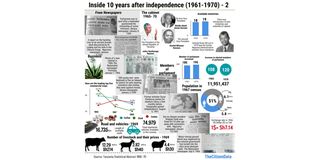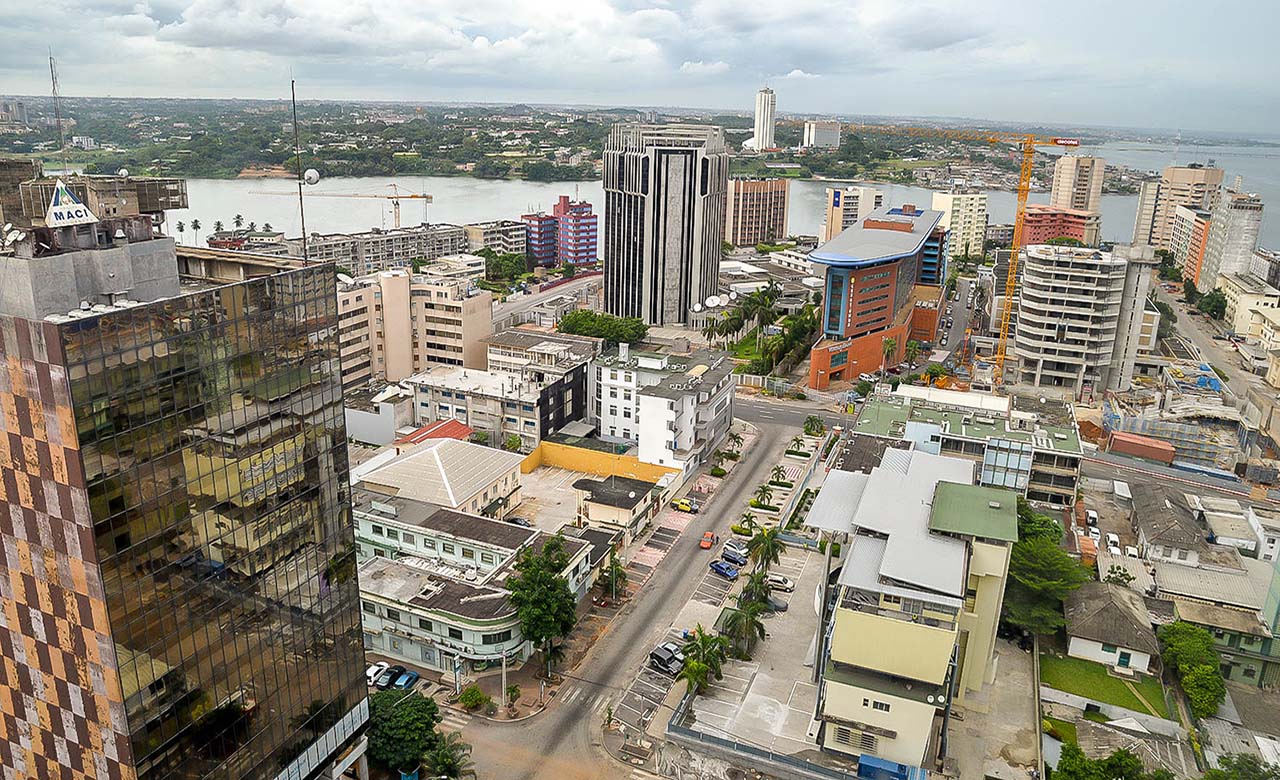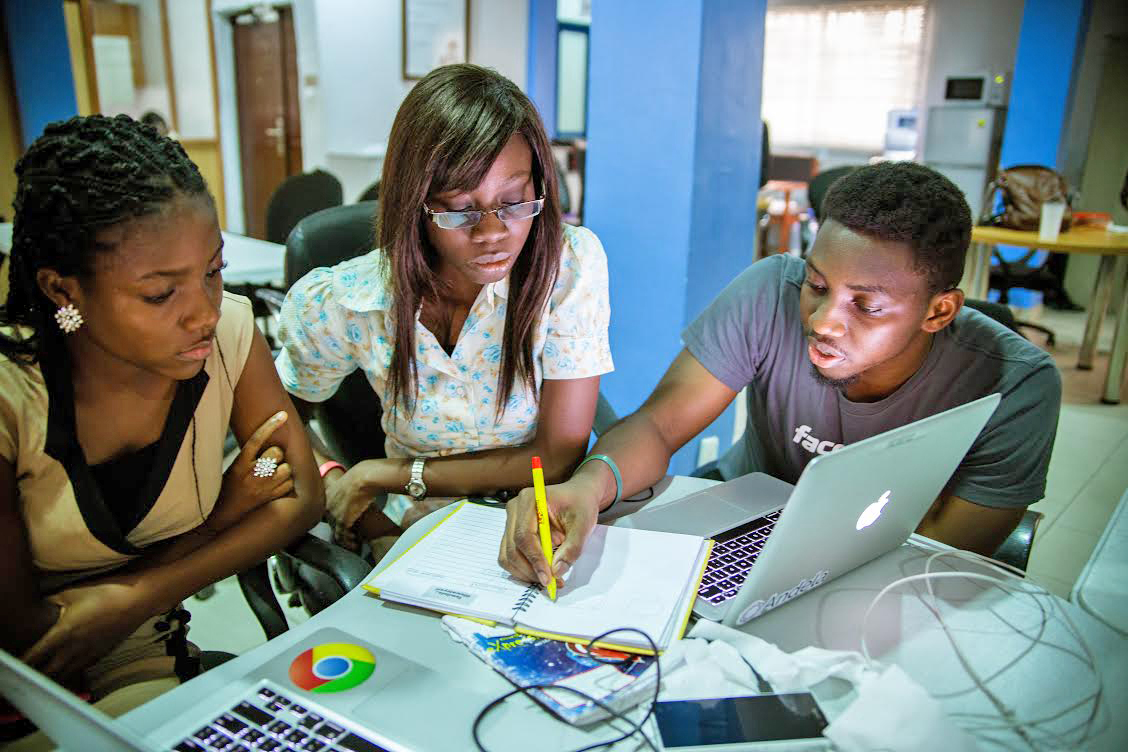TZ@60: Kahama unveils Tanganyika flag ahead of independence

What you need to know:
- The flag, which was an important element in the countdown to the independence of Tanganyika, was handed over to Prime Minister Nyerere in November 1961
On July 29, 1961 the Minister for Home Affairs, Mr George Kahama, held a press conference at Msimbazi in Dar es Salaam at which he unveiled the flag of Tanganyika, which had been endorsed by Her Britannic Majesty, Queen Elizabeth-II.
The flag had three colours: green, gold and black.
The black colour – inserted between two golden colours - represented the people of Tanganyika, a majority of whom are blacks.
The two golden colours, Mr Kahama said, represented the mineral wealth of Tanganyika while the green colours represented the country’s natural vegetation and rich agricultural resources.
The flag, which was an important element in the countdown to the independence of Tanganyika, was handed over to Prime Minister Julius Nyerere in November 1961.
Thousands flock the airport to meet with Nyerere as he returns from the UK.
The enthusiastic crowd of Tanganyikans thronged the airport in Dar es Salaam on July 22, 1961 as they sought to meet with Prime Minister Nyerere who was returning from the United Kingdom. Upon arrival, the vividly joyful Nyerere greeted journalists with a slogan ‘Uhuru na Kazi – Swahili meaning Freedom and Work’.
He said he was happy with what had happened at the meeting in London regarding the job that was being done by the East African Community, noting however that he was not pleased with the financial decisions that were reached at the meeting.
Mr Nyerere said on that day that it was not yet the time to speak into details, noting however that he would do so at a later day.
Before leaving the airport, Nyerere said his tour of the UK had yielded results that were “half a success and half a failure.”
Mr Nyerere invites Jomo Kenyatta to Tanganyika after the latter’s release from prison

In August 1961, Mr Nyerere invited the Kenyan leader, Mr Jomo Kenyatta, to Tanganyika after he was released from prison.
Gracing the Central Committee meeting of the Tanganyika African National Union (Tanu) in Dar es Salaam, Premier Nyerere said he wanted all people to know that the East African Community was one, and that Jomo Kenyatta was one of its leaders.
“I want everyone to know that the East African Community is one. When Kenyatta comes here, we will welcome him in his capacity as one of the leaders of the East African Community. We will not receive him in the capacity of the leader of the Kikuyu tribe,” said Mr Nyerere.
As soon as he had spoken about Mr Kenyatta, the Tanu deputy secretary general, Mr Edward Barongo, clapped to signal that the party was in support of Mr Nyerere’s stance on Kenyatta.
It was during the meeting that Nyerere also introduced the secretary general of Malawi Congress Party, Mr Kanyama Chiume, who was in Tanganyika on a short visit.
Kambona and his wife Flora get a baby boy and name him Uhuru (Freedom).
On August 5, 1961, Education minister Oscar Kambona and his wife Flora Kambona, got a baby boy and they named him ‘Uhuru’ to allude to the efforts for Tanganyika to attain independence from foreign rule.
His full name was Uhuru Mosi David Emmillius Kambona because he was born during the year that Tanganyika attained its independence from the British.
The name ‘Mosi’ (First) was because he was born on Saturday (Juma-mosi) while David was his father’s name whereas his grandfather was Emmillius.
Mr Kambona and his wife Flora got marriage in 1960 at the Saint Paul’s Cathedral in the City of London.



